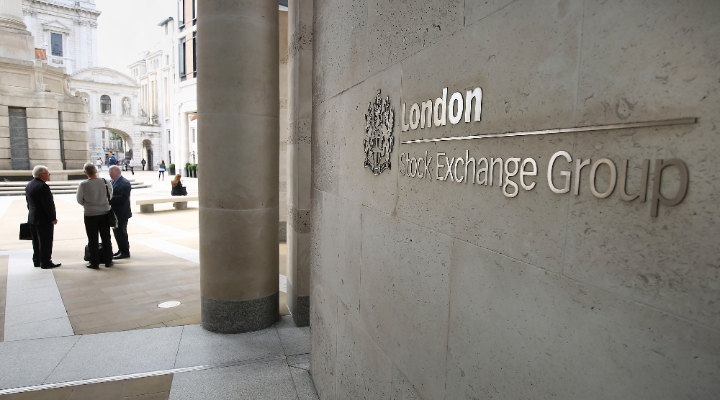
An investment trade body has urged fund managers to adopted a tiered fee model as the fairest way of charging investors.
CFA UK, a body representing 12,000 investment professionals in the UK, has evaluated the pros and cons of nine different ways that funds can charge their investors.
It says tiered fee model, where management fees are charged on a sliding scale depending on the level of assets under management, offer “simplicity, transparency and an alignment of interests between fund manager and investors”.
Tiered fee structures have become increasingly common in recent years, particularly among investment trusts. One such example is the Bronze-Rated Monks Investment trust (MNKS), which moved to tiered charging in 2017. Managed by Charles Plowdon, the trust charges 0.45% on the first £750 million of assets and 0.33% on assets above this level. Currently the trust has £2 billion of assets under management.
CFA UK said tiered pricing meant investors could share the benefits of the economies of scale as a fund’s assets grow, and reduces the incentive for managers to continue to increase the size of their fund even when it may become detrimental to performance. The group “recommends managers and fund boards actively consider how tiered fees can be introduced to retail funds”.
It adds: “For investment managers, tiered fees have the advantage of protecting a greater share of revenues during a bear market, given the first loss of AUM will be at the lowest fee rate. Tiered fees also indirectly encourage and reward customer loyalty.”
Morningstar analyst Christopher Traulsen says the economies of scale in asset management are too often going unrecognised and agrees that tiered fee structures would be a useful way to help investors benefit.
If a fund with an ongoing charge of 1% grows its £100 million to £1 billion its revenues climb from £1 million to £10 million. Traulsen says: “While the costs of managing more assets increase, they do not grow at anything near the rate that revenues soar, meaning the fund house reaps a windfall from margin expansion.”
Complexity and Uncertainty
CFA UK's study also considered a number of other charging methods, including all-in fees. These are often a popular choice with investors because they are among the easiest to understand and have the least amount of uncertainty. All-in fees include all of a fund’s costs including administration and custodian costs, for example, in a single figure.
Yet while simplicity is a major benefit of this charging structure, CFA UK says it could result in larger funds with more assets under management have an advantage over smaller ones. It also means funds do not pass on the economies of scale to investors as they grow.
The body also has concerns about "fulcrum" fees, whereby a fund’s charges are determined by its performance. Fidelity introduced fulcrum fees on a range of its funds in 2017. On the Fidelity European fund, for example, investors will pay up to 0.85% if the fund outperforms or as little as 0.45% if it underperforms.
CFA UK says while it was good that managers share the downside as well as the upside under this charging structure, it has the same issues as many other performance-based fee models – complexity and uncertainty, albeit to a lesser extent.
It says performance fees can be an effective way to align the interests of managers with their investors but only when used with “care and attention”. There is a danger that under some performance fee structure managers may make unsuitable portfolio decisions or take excessive risks to boost near term performance and fees, it warns. Where performances fees are used, it recommends the use of measures such a fee cap to limit the charges paid.
Keith Bonin, chair of the CFA UK Fee Structures Working Group, said: “There is no perfect fee structure. We acknowledge that there will be trade-offs, and which structures are most beneficial for investors will depend on the risk and performance characteristics of the fund. Ultimately, it is up to each fund board to determine what fee structures are most appropriate for each fund’s different circumstances.”
European regulator The European Securities and Markets Authority (ESMA) recently asked for responses in its consultation on performance fees. Morningstar responded pointing out that, ultimately, lower fees are the most consistent determinate of outperformance.
Andy Pettit, director of policy at Morningstar, says: “Regulatory developments continue to place a spotlight on disclosure and fees. These, in turn, put pressure on funds to focus more on how to align their interests with those of investors, for example, through the use of performance fees, sharing economies of scale by reducing fees are assets grow, or using other innovative fee structures.”




























